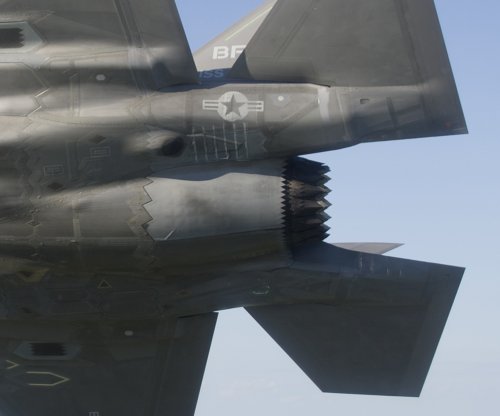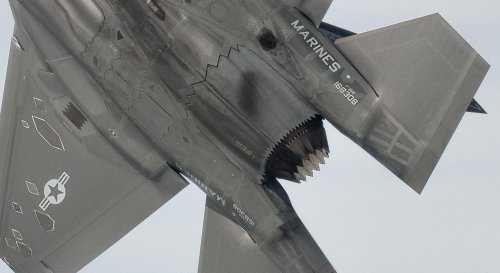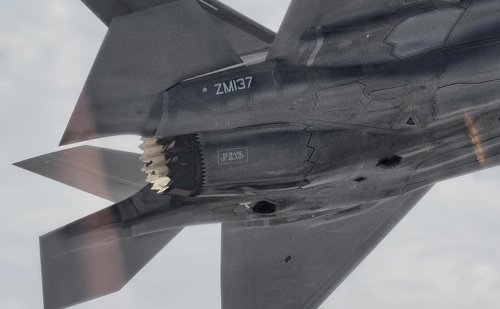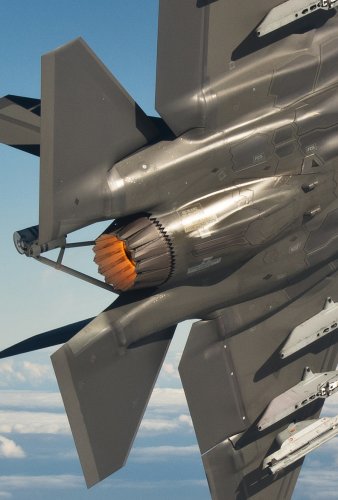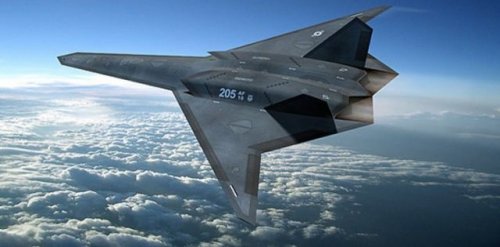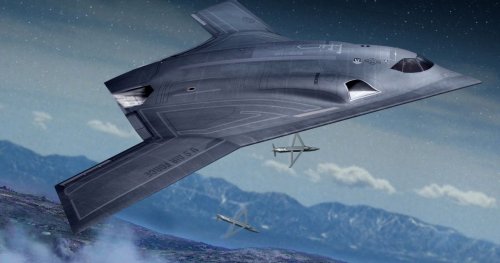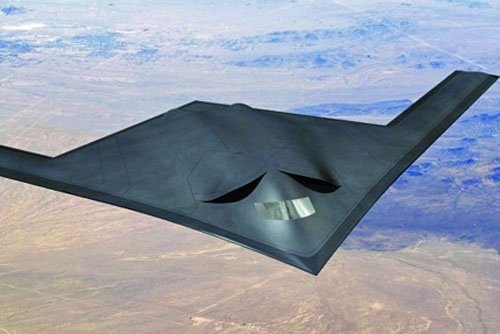The Air Force is "really, really close" to awarding a contract for the Long-Range Strike Bomber, according to the service's top acquisition executive.
"The words I chose were deliberate," William LaPlante told reporters during an Oct. 21 Pentagon briefing he conducted with his military deputy, Lt. Gen. Arnold Bunch. "I'm not saying months away, I'm not saying soon. . . . The message here is we're very close."
In order to ease budget planning, LaPlante said the service had targeted the spring 2015 time frame for an LRS-B contract award. However, a continued effort to "get the program right" has pushed the award back, and officials are now saying a contract is imminent.
Northrop Grumman is competing with a Boeing-Lockheed Martin team for the contract.
The service has made unit cost a key performance parameter for the aircraft's design, setting the cap at $550 million per aircraft in base-year 2010 dollars. In today's terms, that equates to about $606 million per aircraft, according to Bunch. LaPlante noted that according to his calculations, the aircraft will end up being about one-third or one-fourth of the cost of the B-2.
Some analysts have criticized the cost KPP as a potential constraint on the program that could lead to problems further in development. LaPlante said identifying cost as a design requirement both sets parameters for contractors and allows budget programmers to plan for the bomber's future funding profile. He noted, though, that while setting cost requirements can prevent future risk, it can cause problems if the number is not well informed.
"I think if you don't have your requirements set and haven't really thought through your system, you're just throwing a dart at a board doing cost," he said. "The risk of that is you'll pick the wrong number."
LaPlante said the program's $550 million requirement is based on intensive research and analysis and was not an arbitrary selection.
"You can only do this if you have firm requirements," he said. "If your intention is to keep requirements stable and you do analytics, you have a shot at pulling it off."
Program details have been scant as the bomber development is largely classified, and LaPlante and Bunch would not discuss the source-selection process. However, they did provide insight into the maturity of LRS-B technology.
The program is not being managed out of Air Force Global Strike Command, but rather out of the service's rapid capabilities office, which was established in an effort to quickly field advanced capability. LaPlante said the only other program the service has publicly acknowledged as managed by the RCO is the X-37B, a highly classified unmanned space vehicle.
LaPlante said the office, which has about 80 personnel assigned to it, is equipped with highly experienced cost estimators and regularly briefs Congress on new developments. "This was chosen for a deliberate reason," he added.
RCO has access to technology that, while advanced, has been heavily tested and used in operational environments, LaPlante said. Asked if he is concerned that the service's risk-averse approach to LRS-B will limit its capability -- officials have repeatedly said that system is relatively simple and low-risk -- LaPlante said he thinks the program has struck a good balance by taking a modular development approach.
"I think one of the pitfalls that people have seen in acquisition is that if you don't . . . have a regular upgrade path, the system pressures you to put more capability on the first model because they don't believe they'll have another chance," LaPlante said.
The baseline LRS-B will have all of the basic capabilities, he said, but it will include all the necessary "hooks" and plans to be upgraded with new technologies.
"What we're doing is we're saying to the science and technology community . . . 'Hey, here are our standards, here are our interface standards. Please do your S&T so it can land in our interface standards,'" he said. "And so that's how we're doing it. We're building it on the receiving side, but we're trying to make it on the technology push side. I'm pretty confident we have the right approach to hit that balance."
Bunch and LaPlante noted that while integration is a risk to the program, the service has focused on using mature, existing technology in order to minimize that risk.
"The best thing you can do is first understand what the risk is, which we believe it's in integration, and then put a schedule together with the right margins that allow for the discovery when you do integration," LaPlante said. "That's all you can do in any program."


